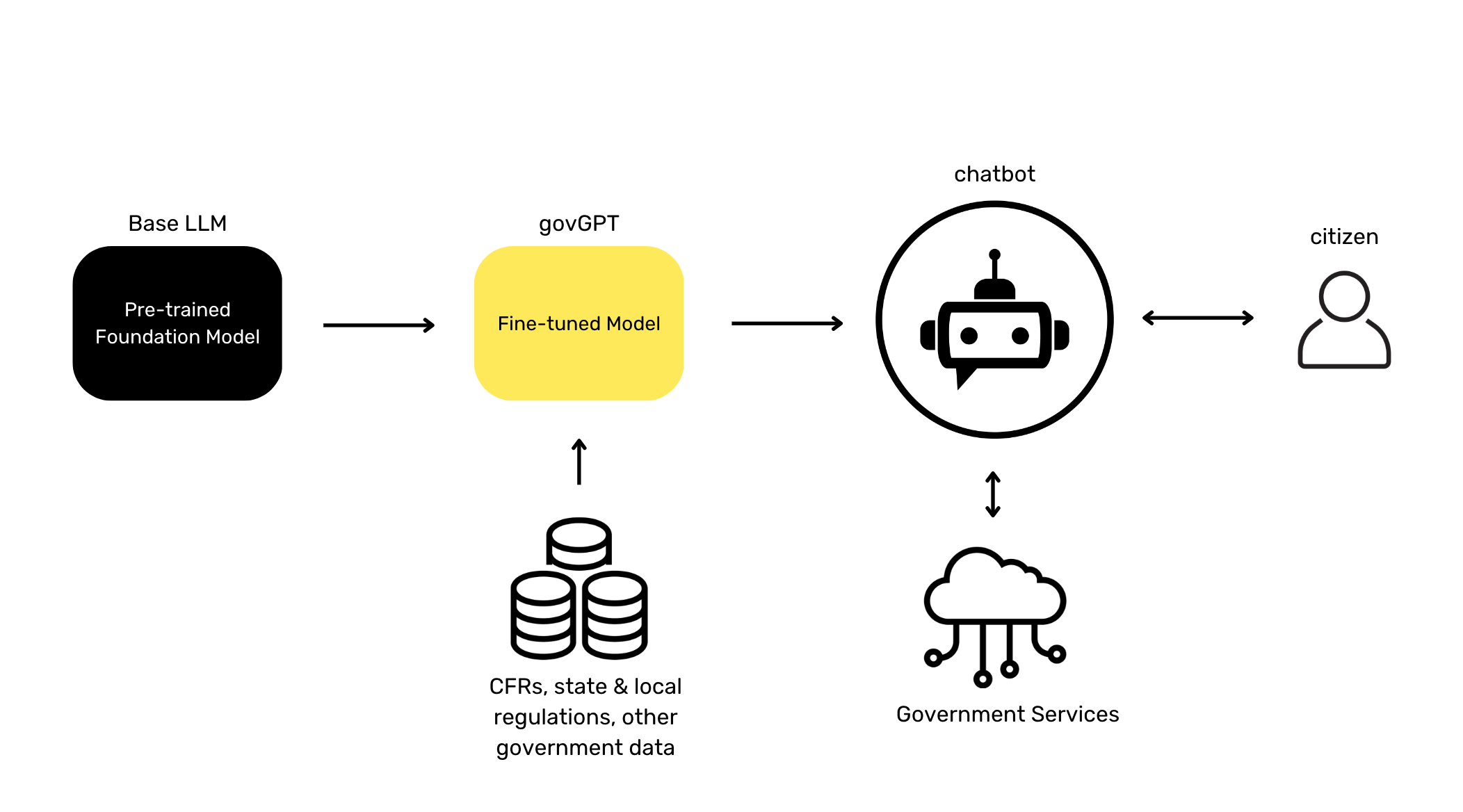govGPT: Improving Citizen Experience with Chatbots
This article will discuss some of the issues with current citizen experiences related to governance, and LLM-based chatbots can address the shortcomings.
Join the DZone community and get the full member experience.
Join For FreeI see the new class of large language model (LLM) based conversational AI tools as third-generation chatbots. The likes of ChatGPT, Bard, and their OSS alternatives are boosting automation and transforming businesses — from internal operations to banking and healthcare. Furthermore, fine-tuned LLM-based chatbots can be used to significantly improve the efficiency, accuracy, and transparency of governmental operations. This article will discuss some of the issues with current citizen experiences related to governance and how chatbots can address the shortcomings.
Anyone who dealt with a DMV to schedule and get a driver’s license would know how frustrating the entire endeavor can be. While scheduling a DMV has become a nightmare post-COVID, what’s even more frustrating is the difficulty in gathering accurate information about the required documentation. For legal immigrants, the difficulty is further exacerbated. Part of the problem is that DMV websites are typically hard to search and navigate. And the information that one finds tends to be pretty vague and generic. A good solution to this problem would be to provide a public-facing chatbot that is built and fine-tuned on relevant Code of Federal Regulations (CFRs), state and local government regulations, and other government databases. Such a chatbot would enable the citizen/resident to converse in natural language, specify their unique situation and get accurate guidance to easily apply for a driver’s license. In fact, the chatbot could even schedule an appointment on the user’s behalf at their local DMV.

A counterpart to the public-facing chatbot can be used by officers and agents within the DMV to expedite the processing of requests. It can assist in processing paperwork, verify the accuracy of information entered, and ensure all documentation requirements are met. This will free up government employees to focus on more complex tasks and resolving disputes.
Deep integration of these chatbots with other government services will provide even better experiences as the bots can execute requests on citizens’ behalf. Here’s an example of a chatbot, code-named govGPT, guiding a citizen to sign up for utility services as a new resident.

Notice how the conversation is natural, and the chatbot just takes enough information to fulfill the request. It smartly sends a confirmation email in the end for the citizen to track the service request. govGPT can help with service requests for new residents, vehicle registrations, non-emergency law-enforcement requests, obtaining property records, death certificates, and seamless payments of parking tickets, to name a few.
Fine-tuned LLM-based chatbots can thus speed up governance and provide better citizen experiences. These chatbots can be used to:
- Automate tasks: processing paperwork, answering questions, and scheduling appointments. This can free up government agents to focus on more complex tasks.
- Increase accuracy and efficiency: accuracy of government services can be improved by reducing the risk of human error. The efficiency of government services can be improved by streamlining processes and reducing service costs.
- Improve transparency: provide easy access to information about government regulations and operations by making government documents searchable in natural language.
- Increase engagement: increase citizen engagement by making it easier for citizens to participate in decision-making processes. Allow citizens to submit ideas and feedback on various government initiatives.
- Improve citizen experience: reduce wait times and telephone inquiries. Provide 24X7 access to government services.
These are exciting times from a technology perspective where LLM-based AI tools, and chatbots, can be leveraged to improve citizen experience and governance.
Published at DZone with permission of Uday Chandra, DZone MVB. See the original article here.
Opinions expressed by DZone contributors are their own.

Comments